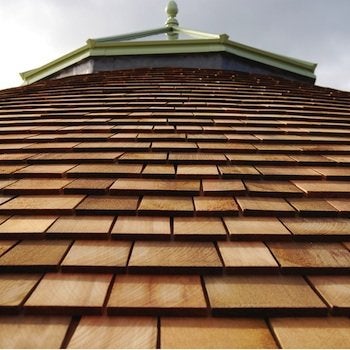Tenants are a definite wild card when it comes to selling a home. On the one hand, there are plenty of horror stories about angry or disgruntled tenants making it impossible to sell a home. On the other hand, a tenant can be a valuable ally in the sales process if he or she is cooperative and motivated to help you sell. In the end it is up to you to gauge your landlord/tenant relationship and to decide how to best sell your home – while the tenant is residing there, or after he or she is gone.
Keep in mind that what a tenant tells you they will agree to do while you are trying to sell your home and what they actually do could be too vastly different things. Most real estate agents will tell you that having an uncooperative tenant will make selling your home next to impossible. Knowing how to sell a house with a tenant is a critical aspect of getting top dollar for your home!
Before hiring a real estate agent to sell your home it goes without saying that you should ask the tenant first if they have any interest in purchasing it. You are going to need your tenants utmost cooperation in this situation so you best respect them by explaining completely the situation you are in and why you want to sell. Giving them first dibs shows you have some compassion for their housing needs as well.
Options for Selling with a Tenant
Wait for the lease to expire
Tenants can wreak havoc on a sale. Some tenants can become angry when they discover that you are selling the home they live in. Other tenants are just not nice people to begin with. Still others are just dirty and will not keep the home in a good state for showings. If you know you have a slob living in your place you can count on this not changing when the for sale sign goes up. Once a slob always a slob. If your long term plan is to sell your home it makes sense to be extra careful when initially choosing a tenant. Let the renters know up front that your long term plan is to sell your home and get the tenants reaction. If you don’t get positive vibes you may be better off waiting for a tenant who
click here for the rest of the story

